Are Your Kids Getting The Eye Care They Need?
Eye care for children should not be taken for granted as it is a critical part of their development. A healthy eyesight will help children receive 80% of their information from their surroundings and also determines how a child copes in school as well.
Table of Contents
Detect eye issues early!
Kids have been known to have poor eyesight which go undetected by their parents, due to the fact that they failed to inform their parents that they can’t see well. Most of them are not even aware that something is not right with their eyes. Instead, they resort to squinting or sitting closer to the blackboard or television as natural coping mechanisms without realising that that’s not the way it should be.
Poor eyesight, coupled with careless habits might permanently affect the child’s ability to see well, which will then worsen his or her general awareness, attention span and ability to concentrate. A child with poor eyesight may also display difficulty in developing writing skills and may endure a slow learning progress as well if the condition is not promptly treated.
Eye examinations and screenings
While most babies are born with naturally healthy eyes, problems tend to occur as some children develop refractive errors in their eyes as early as three years of age. A trustworthy method to monitor a child’s eye health and development during the first three years of his or her life is to schedule regular eye examinations every year.
Children who already wear prescription glasses or contacts should go for regular checkups by an eye doctor to screen for vision changes. As half of Malaysia’s population is already reliant on either spectacles or contact lenses to go about their daily routine, early prevention is especially important to prevent eye issues in a child from a young age.
The importance of regular eye check-up for children
Toddlers and young children are susceptible to sickness such as chickenpox and measles, which can disrupt their visual development and cause eyesight problems. Whether or not there is a problem, a child’s very first eye examination with an eye doctor should take place by the age of three, followed by an annual visit every year thereafter. A typical eye examination should include testing on:
Colour Vision: Colour-blindness is usually inherited and very little can be done to treat this condition. However, detecting this issue early can better prepare the parents and child for the future and how to best handle it.
Depth Perception: At three years of age, children are actively learning to walk, touch and physically relate to the world around them. Poor depth perception could be due to a turned eye or lazy eye, which can be improved with training programs specially designed for children.
Allergy: Certain allergies can disrupt the quality of vision and comfort of the eyes.
Signs Your Child Needs To See An Eye Doctor
Most young children don’t take too easily to the idea of wearing glasses, but still, it’s important as a parent to book an appointment with the eye doctor if your child is displaying a majority of these clues:
- Habit of rubbing his or her eyes
- Sensitive to sunlight
- Short attention span
- Poor visual tracking of any object
- Chronic redness of the eyes
- Chronic tearing of the eyes not caused by crying
- Whitish pupil (instead of black)
Other signs of eye-related problems in school-age children include difficulty in looking at far-distance objects, squinting and a habit of sitting right at the front of the television to watch their favorite programs.
Eye Specialists Explained
Does your child need to be seen by an optician or an ophthalmologist? Eye doctors vary according to their credentials, skills and specialties. Here are the main categories of eye care professionals that you should know about:
- Ophthalmologists are medical doctors specializing in eye care. Ophthalmologists can perform eye examinations, prescribe eye corrections, treat injuries or diseases and perform eye surgery.
- Pediatric ophthalmologists are professionally certified ophthalmologists with additional training specializing in the treatment of kids’ eye problems.
- Optometrists are doctors of optometry with an undergraduate degree. They are authorized to perform comprehensive eye exams, diagnose common eye vision problems as well as provide pre- and post-surgical care. Besides prescribing glasses, contact lenses, recommending eye exercises, vision aids and eye therapy, optometrists can also offer oral and topical medications for certain eye diseases.
- Opticians are technicians that are trained to read vision-correction prescriptions and supply you with the appropriate contact lens or glasses. Opticians can also help to repair and adjust eyeglasses for better wear.
Eye Issues In Kids
Besides struggling with near or far-sightedness, your child may also suffer from other eye problems such as amblyopia and strabismus. When diagnosed early, these eye problems can be successfully treated.
The Lazy Eye (amblyopia) is caused by crossed eyes and a difference in the refractive error between the two eyes. This eye disorder is best treated during the pre-school years as it can become irreversible at a later stage in life.
Misaligned Eyes (strabismus) refer to eyes that may turn inwards, outwards, up or down. Sometimes, misaligned eyes may also be diagnosed together with a lazy eye. Eyes can be realigned through surgery or specially designed glasses that can train the eyes to re-align themselves.
Blur vision is known as refractive errors that occurs when the eye cannot refract or bend the light properly, thereby causing images to look blurred or unclear. In severe cases, blur visions can also cause lazy eye symptoms as well. Refractive errors can be separated in three separate disorders:
Nearsightedness is also known as myopia and is simply treated with prescribed glasses or contact lenses. Most school-aged children with myopia have poor long distance vision.
Farsightedness is known as hyperopia and is simply treated with prescribed glasses or contact lenses. Mature adults with hyperopia suffer from poor short distance vision.
Astigmatism refers to the imperfect curvature of the front surface of the eye that can cause blurred vision. Like myopia and hyperopia, astigmatism can be treated with prescribed glasses and contact lenses.
Eye-care habits for healthier eyes
Myopia in children is either hereditary or caused by environmental factors. Here are some proactive measures any parent can easily adapt to at home to decrease the risk of their children developing bad eyesight:
Watch The Eyes: Hours of starring at the television set, hand phone or computer can be damaging to the eyes as these electronic devices emit long electromagnetic waves that can be harmful to the pupils. The easiest method of limiting your child’s exposure to infrared rays is to encourage lots of outdoor playtime. However, do note that the sun also emits ultraviolet rays that can be harmful to your child’s eyes as well. Before 11am or after 5pm are best times for playing outside.
Eye health through diet: Certain kinds of foods are especially beneficial for the eyes, especially food rich in antioxidants, beta-carotenes, Omega-3 fats, Vitamin C, Vitamin E and zinc. Apples, plums, pecans, strawberries, blueberries, blackberries and capsicum are great sources of antioxidants whereas carrots, sweet potatoes and pumpkins are vegetables rich in beta-carotenes.
Oily fish such as salmon, tuna and sardines are also good for eye health as they aid in cell repair. Leafy green vegetables such as Kai Lan, collards, mustard leaves, spinach and kale are great sources of zinc.
Even eyes need exercise: Like the other muscles of the body, your eye muscles will also get stronger the more you strengthen it. Here are two eye exercises which your child can perform anytime and anywhere that is convenient:
Palming Exercise — Warm up the palms by rubbing them together. Then, cover your closed eyes with your palms without applying any hard pressure on the surface. Leave the palms on for 10 to 15 seconds and repeat 5 to 7 times.
Number 8 Exercise — Place your finger an arm’s length away from your face. Focus on the tip and follow your finger as you trace the number 8 horizontally in the air with your eyes. Steadily widen the number 8 until the tip of your finger travels out of the corner of your eye.
A Child’s First Spectacles
Getting your child his or her very first prescriptive glasses can either leave a very positive or negative effect on their confidence. On one hand, glasses can help one see better, which will then allow them to learn better and significantly improve their learning skills as well as their motor skills. On the other hand, glasses can easily become a topic for bullying and your child may lose self-confidence over the fact that they need to wear a pair of ugly spectacles all the time.
Here are some tips to help ease the impact of having to wear glasses:
Children’s opinion matter: If your child is obviously more comfortable wearing a simple, black framed pair of glasses, the last thing he or she needs is to be stuck with a flashy white framed one! While you may be the one who’s buying them, remember that it’s your child who will be wearing them, so do pick something that he or she won’t be embarrassed to wear all the time!
Check for durability: Older children may prefer metal frames instead of plastic, as it seems more sophisticated. While metal frames are fine, do ensure that they have spring hinges that stay in shape for a longer time.
Invest in elastic straps: This convenient band is very important, especially if your child is active (and sweaty!). Essentially, elastic straps work to keep the glasses attached to your child, so you’ll effectively lessen the occurrence of the spectacles dropping, getting lost or even trampled on during playtime.
Choose the Right Lens: If your child is active, polycarbonate lenses which are tougher, shatterproof and lighter would be the better choice. However, while these lenses are impact resistant, they are more susceptible to scratches. Children with severe eye problems should also be allowed high-index lenses, which are much thinner and lighter, compared to standard plastic lenses.
Fit for Comfort: Have your child try on the spectacles before making a purchase. The frames must fit the bridge of your child’s nose without slipping and must not be too heavy or wearisome for the young user. (Keep in mind that the finished pair of spectacles with the lenses installed will be heavier.) Have your child smile while wearing the spectacles. If the frame moves, it means that the spectacles are resting on the cheeks instead of the nose and is too large for their face.
Children and Contact Lenses
The biggest issue with contact lenses is that without proper hygiene or eye care habits, wearing them can cause severe cases of infection. If your child is determined to try contact lenses either for vanity or sports reasons, have them learn proper contact lens application and care from a certified optician or optometrist, rather than learning from their friends or the Internet. Also, practice wearing contact lenses with your child until he or she understands the importance of good discipline when it comes to wearing them. In a way, any child above the age of 10 should be physically ready for contact lens, depending on their level of maturity and responsibility.

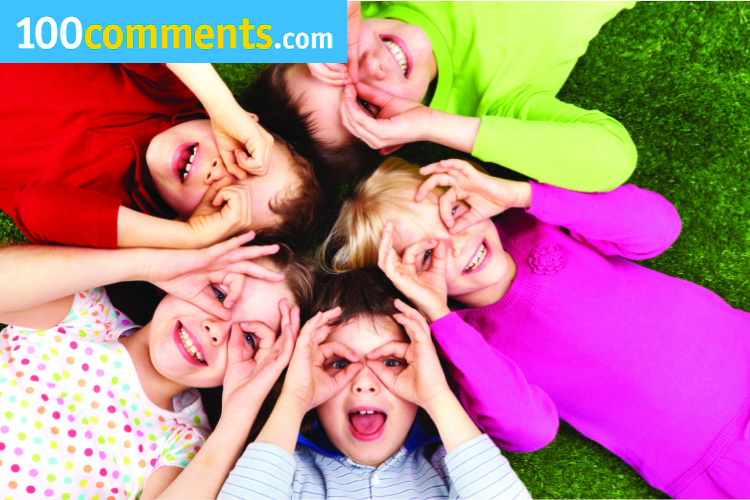
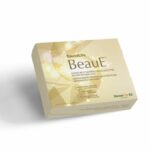



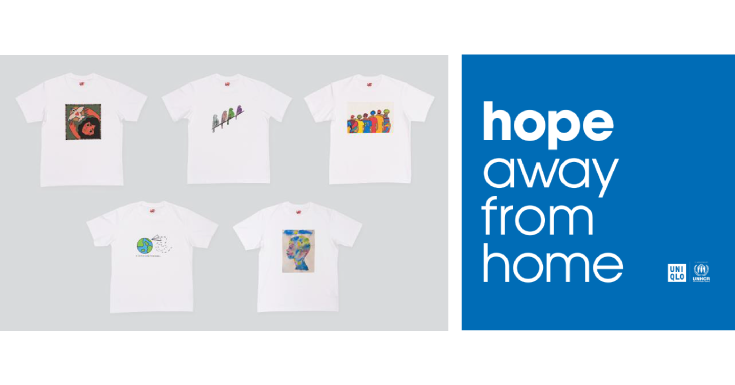

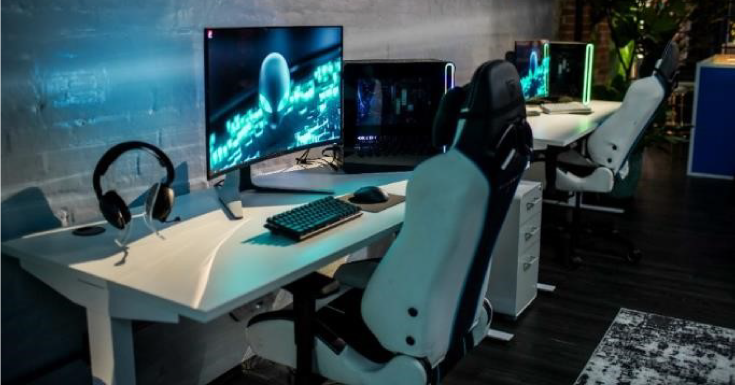
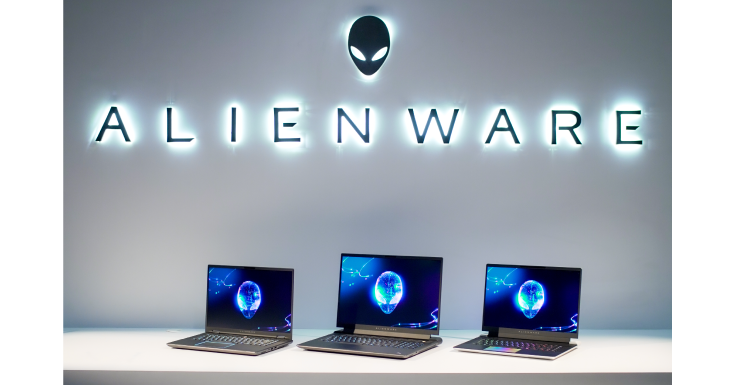
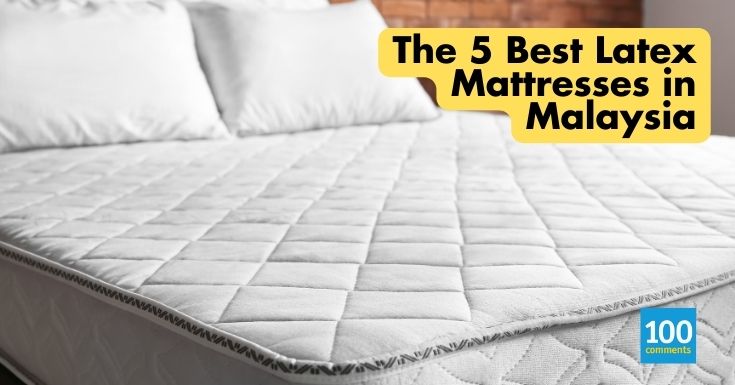
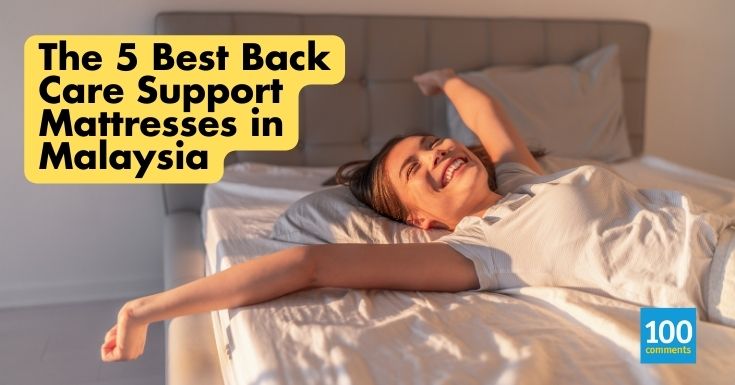
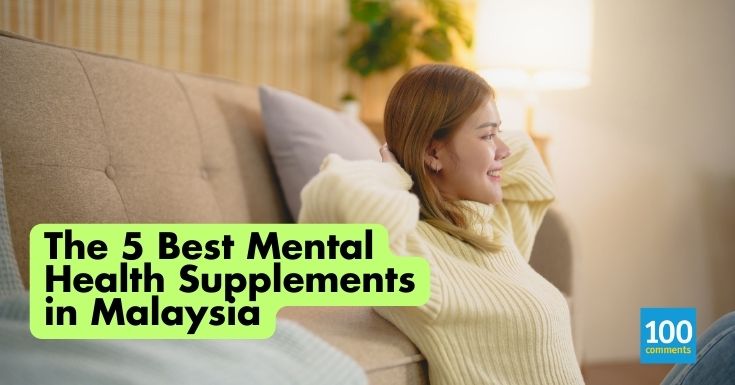
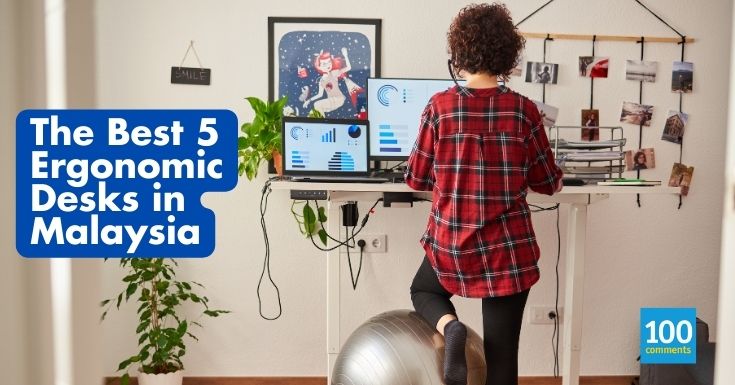







Leave a comment